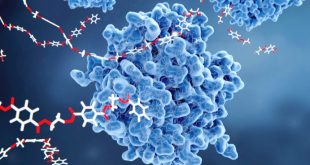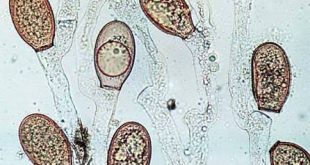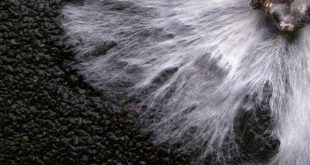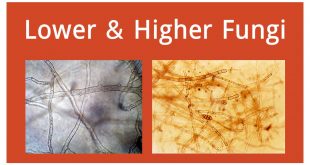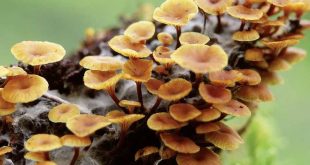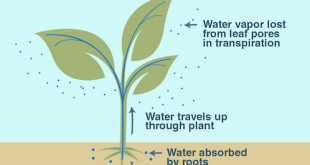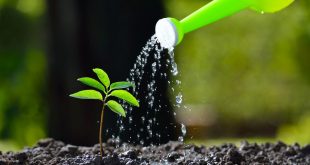We now want to tell in detail something that was too important for our immune system. Our ability to defend ourselves against infection by pathogens (disease-causing organisms). We have seen that some people experience few or no symptoms when exposed to certain infectious diseases. Even though a person may be …
Read More »TimeLine Layout
April, 2020
-
19 April
Enzyme & Their Substrates: Mode of Action
Enzymes are protein molecules that can be defined as biological catalysts. A catalyst is, “A molecule which speeds up a chemical reaction but remains unchanged at the end of the reaction“.Virtually every metabolic reaction which takes place within a living organism is catalyzed by an enzyme and enzymes are therefore …
Read More » -
19 April
Key: A plant Identifying Method
It is estimated that in the present world, the number of plant species is as many as five million. Among them about 391,000 species of vascular plants-are currently known to science of which nearly 369,000 species (94%) are phanerogamic or flowering plants as other 6% is consisted with cryptogamic or …
Read More » -
19 April
An Overview of Chytridiomycetes
The phylum Chytridiomycota contains five orders, 900 species and the single class Chytridiomycetes which contains a number of parasitic species. At least two species in this class are known to infect a number of amphibian species. These are the only members of the kingdom Fungi that produce motile cells at …
Read More » -
18 April
Fungi: Vegetative Structures & Growth
With the invention of the microscope by van Leeuwenhoek in the seventeenth century, the systematic study of fungi began. And the man who deserves the honor of being called the founder of the science of mycology is Pier Antonio Micheli, the Italian botanist who, in 1729, published Nova Plantarum Genera, …
Read More » -
18 April
Fungal classification: Lower & Higher Fungi
Biologists use the term ‘fungus’ to include eukaryotic, spore-bearing, achlorophyllous organisms that generally reproduce sexually and asexually. They are usually made up of filamentous, branched somatic structures which are typically surrounded by cell walls containing chitin or cellulose, or both of these substances. The fungi originated as a distinctive group …
Read More » -
18 April
An Introduction to Fungi
A fungi is a group of eukaryotic heterotphic organisms members of which have chitinous cell wall and are differentiated from other living organisms by their special vegetative structure and nutrient intake. Members of this group include yeast, rusts, mildews, molds, mushrooms etc. Mycology The discipline of bioscience that deals with …
Read More » -
18 April
Transpiration Mechanism in Plant Body
Good to know A living cell can concentrate the solute, dead cell can’t. The suction pump can lift up to 34 ft in 1 atm pressure. Harry Cole tree was the highest plant up to 1988-89. Insoluble substances if added can not alter the osmotic potential. Only soluble substances can. …
Read More » -
18 April
Ascent of Sap
The upward movement of water inside the plant is called ascent of sap. Pathway: Xylem. Prove that xylem is the pathway of ascent of sap. 1st experiment A leafy twig of balsum plant…………………………………………. 2nd experiment: Ringing experiment A leafy twig from a tree is cut……………………………………. Mechanism of ascent of sap …
Read More » -
18 April
Water Absorption by Plants
Uptake of water by plants more specifically by plant root hair is called water absorption. It is a vital process in case of plants as uptaken water along with minerals are mandatory for the survival of the plant body. In case of lower plants, the whole body acts as water …
Read More »
 Plantlet The Blogging Platform of Department of Botany, University of Dhaka
Plantlet The Blogging Platform of Department of Botany, University of Dhaka

